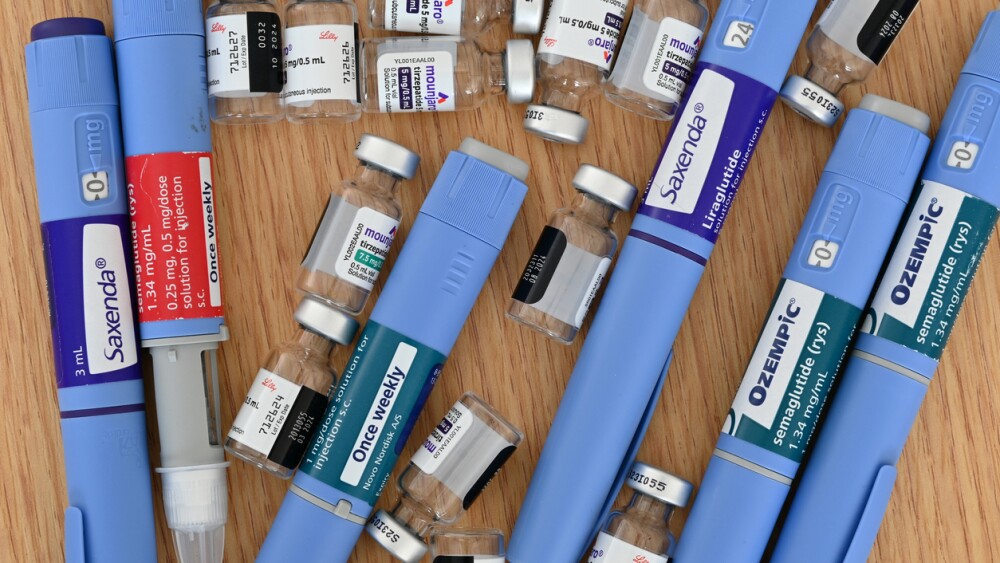News
As the FDA unveils a parade of initiatives aimed at accelerating drug development for rare diseases, experts appeal for a consistent approval process that will support and further catalyze momentum.
FEATURED STORIES
Priority voucher awardees and regulators could feel pressure to “meet the moment” as FDA watchers question the intent and feasibility of the Commissioner’s National Priority Voucher program.
Through substantial leadership turnover and workforce cuts, the FDA has continued to support the advanced therapy sector, actively working to remove obstacles to innovation.
Unpredictable communication and a lack of transparency are eroding the industry’s and the public’s trust. The FDA, experts agree, needs to take control of the narrative.
Job Trends
French biotech Inventiva’s layoffs and pipeline shift are expected to help keep the company operational into the second half of 2026.
FROM OUR EDITORS
Read our takes on the biggest stories happening in the industry.
Scaling GLP-1 manufacturing capacity remains a key priority for the pharma industry, to help supply catch up with the insatiable demand for weight loss drugs.
THE LATEST
This year has seen the approval of several first-in-class therapies for HAE, but in a fragmented space, experts question whether they will be enough to net their developers a significant share of the entrenched market.
Analysts at Guggenheim Partners expect Voyxact to see “broad commercial uptake” given its relatively broad label compared with previous accelerated approvals for IgA nephropathy.
The discounts should be compared against the drugs’ “ultimate net price” rather than their indicated list price to gauge the true impact of the negotiations, BMO Capital Markets analysts said.
Imfinzi is the first immunotherapy approved for perioperative use to treat gastric and gastroesophageal junction cancers.
A coordinated national effort is emerging to bring alternatives to animal testing into routine preclinical use, backed by a fresh FDA roadmap and a global coalition of scientific and industry partners.
The record-setting government shutdown was just the latest blow to the U.S. biopharma industry. When science funding becomes a casualty of political gridlock, we lose valuable talent, erode public trust and jeopardize our position as a global leader in innovation.
The FDA approved an intrathecal form of Novartis’ spinal muscular atrophy gene therapy Zolgensma on Monday, broadening access to patients two years and older in what one Stanford Medicine professor called a “game changing advance” for the field.
At one point in merger negotiations with Novartis, Avidity CEO Sarah Boyce and her team walked, cutting off access to a data room and moving on to a capital raise.
Novo Nordisk’s amycretin showed no weight-loss plateau over 36 weeks in patients with type 2 diabetes, suggesting its efficacy could become even stronger with longer follow-up, according to analysts at BMO Capital Markets.
Previous mega blockbusters took years to reach their peak sales. Lilly’s tirzepatide franchise is on course to exceed them just a few years in.






















